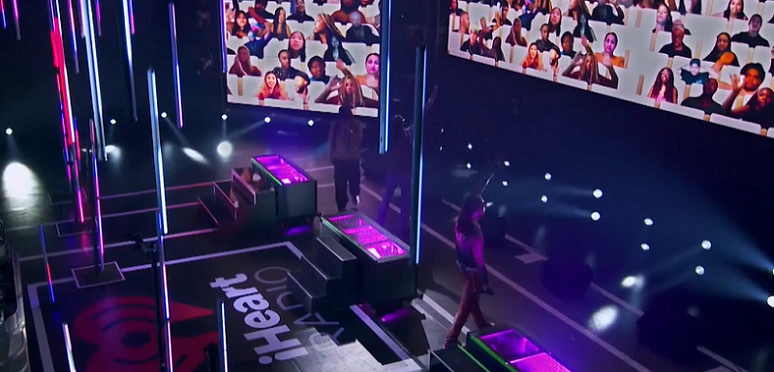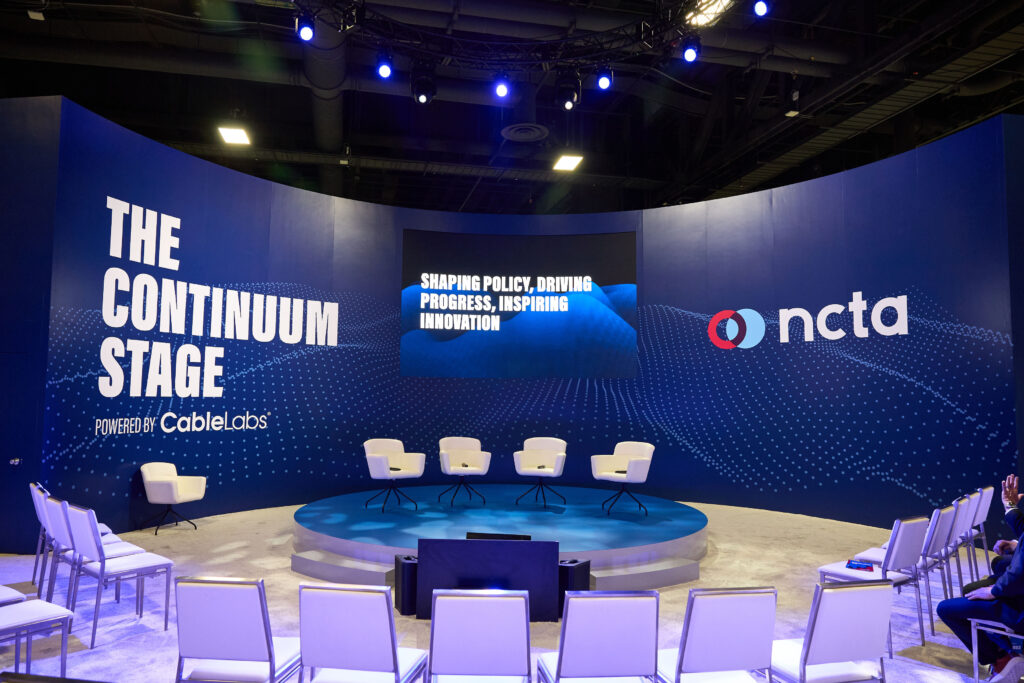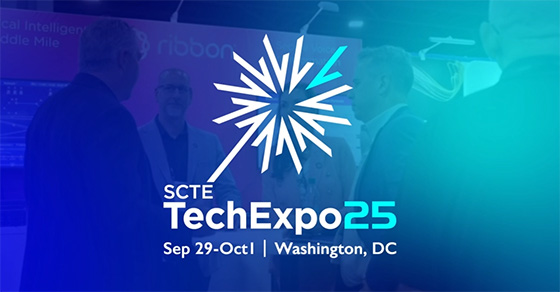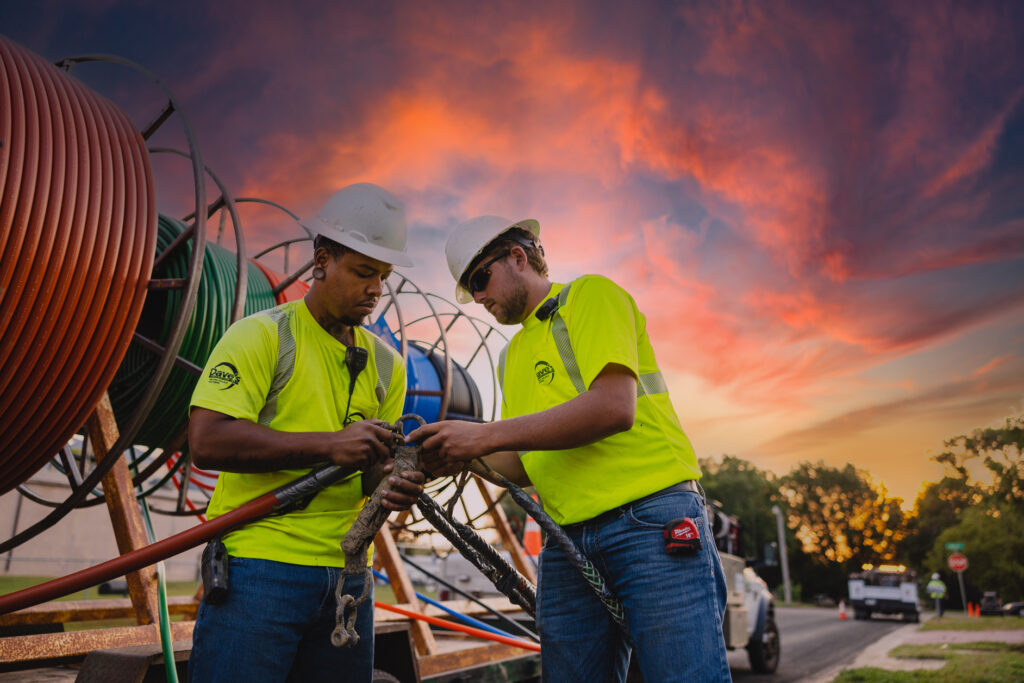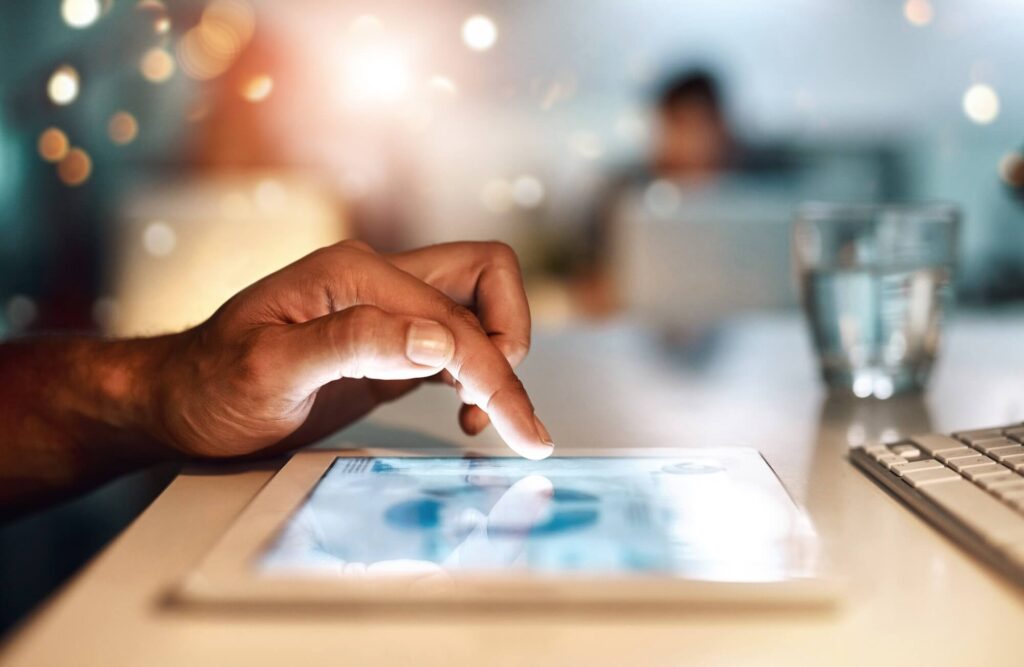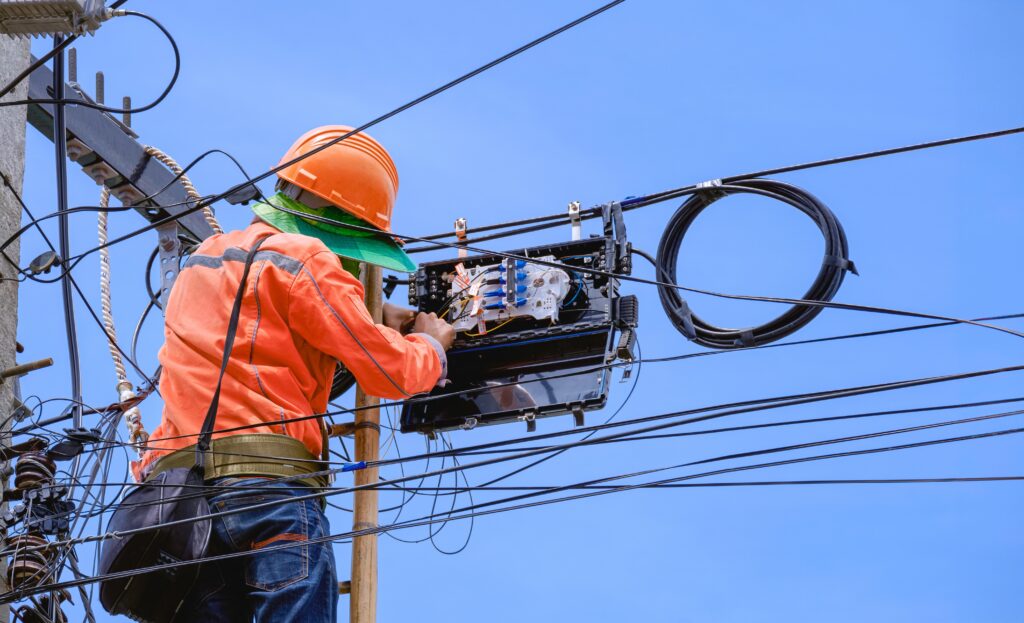This past November, pop star Dua Lipa performed a virtual concert and broke a new record for paid livestreams with over 5 million views. Instead of packing into a concert hall or stadium, fans used their home internet connections to see Lipa perform live. At this week’s all-digital CES in an iHeartMedia session, Lipa talked with on air host and TV personality Ryan Seacrest about how the COVID-19 pandemic forced her, and artists around the world, to think outside the box and to use connected technology to engage with fans.
While tours and in-person concerts grinded to a halt, artists turned their efforts to putting together unique livestream concerts and using social media platforms to connect with their fans. Notably, these kinds of experiences would not be possible without the fast and robust broadband connections that cable ISPs have deployed over the past two decades. And as fast broadband connections have become more widely available, artists have been able to use advanced technology to take their virtual performances and interactions with their fans to the next level.
“Those Instagram Lives allowed me to talk directly to people, and that has brought me closer to my listeners,” said Lipa. “I’ve had the opportunity to talk about every song on my [latest] record, why I wrote it, what it meant to me, and where the inspiration came from.”
Lipa is just one of many artists who mobilized quickly after COVID-19 shut down music venues and cancelled tours. Performers like Coldplay’s Chris Martin posted free performances on social media platforms from their home studios. The iHeart Living Room Concert for America aired in March and virtually brought together performers from all over the world thanks to the power of internet connectivity.
Next came fundraising events. Global Citizen’s One World: Together at Home concert, aimed at supporting frontline healthcare workers, included a performance by the Rolling Stones on Zoom. Each band member performed the same song at the same time but remoted in from separate locations.
Tina Fey hosted the first ever virtual telethon for the Robin Hood Foundation, which raised $125 million for New Yorkers in need of food and shelter. The event brought Broadway’s biggest superstars together to perform as each singer remoted in from their own home internet connections. Billy Joel also remoted in from Florida and his performance was televised live on the video billboard in Times Square while the lights of the Empire State Building pulsated in time with the music. The event culminated in bringing hope and joy to not only New Yorkers but to audiences worldwide during a very dismal time.
State of the art virtual concerts followed. Rapper and producer Travis Scott performed a concert inside the popular online video game Fortnite, giving fans and gamers an entertaining and unique experience.
iHeartRadio, owned by iHeartMedia, converted its west coast theater into a COVID-safe bubble and invited artists to perform live for its annual music festival in September. The studio performances were complete with a video fan wall that displayed a sea of people sitting in virtual seats as they tuned in from their homes via Microsoft Teams technology.
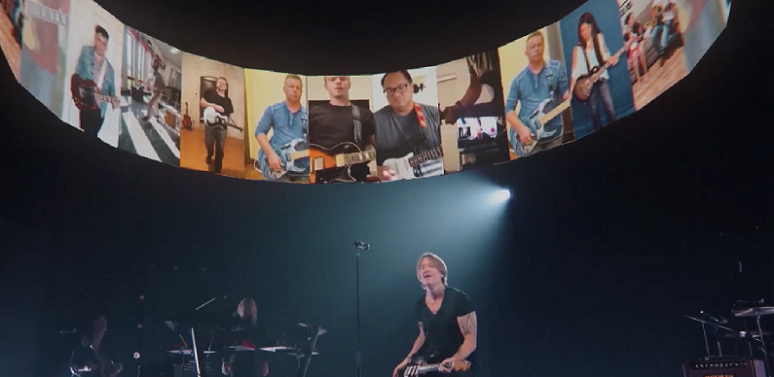
Then, in late October, Grammy-award winning artist Billie Eilish performed one of the first large-scale livestreams by a major artist since the onset of the pandemic. Eilish’s virtual concert utilized multiple cameras and XR technology, and allowed pre-selected fans to interact with the singer live throughout the show. (Eilish also gave CES attendees an exclusive virtual performance during the iHeartMedia session.)
As seen over the past 10 months, the music industry has embraced connected technology like never before and artists are discovering innovative ways to keep the music machine churning. Art and technology will continue to intersect and reinvent the wheel, and internet connectivity will be powering these fan experiences behind the scenes. The cable industry continues its work on the 10G initiative to bring 10 gigabit speeds to households across America. As these virtual performances and livestreams become even more popular and packed with immersive technology, a 10G connection will serve as the vehicle that enables them.
The photos above depict artists performing during the virtual iHeartRadio Music Festival in 2020.

